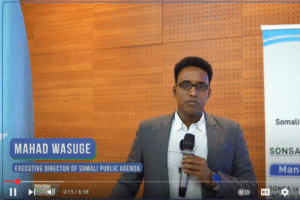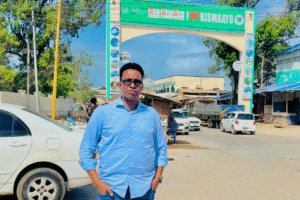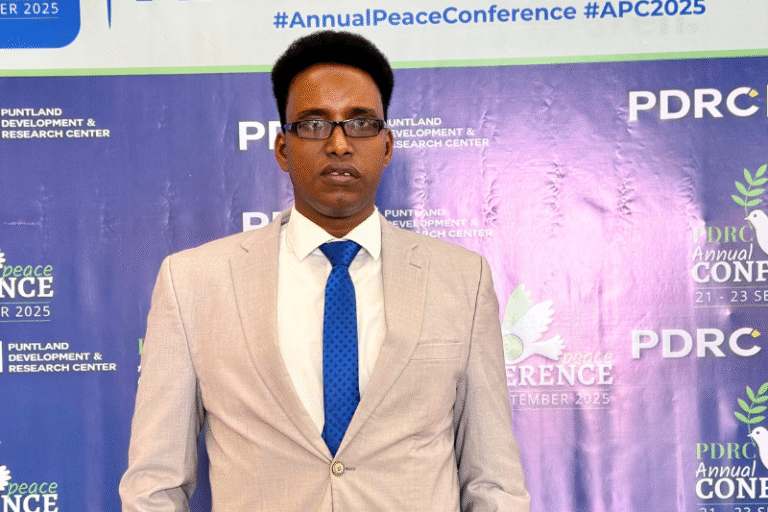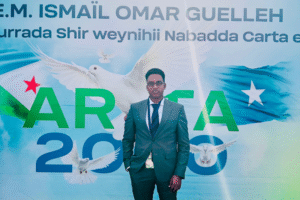
When Somalia gained its independence in 1960, subsequent Somali governments structured a centralized unitary state. In the post-independent system, the President, Prime Minister, and the speaker of the parliament were those in the highest political leadership. After consultation with the political leaders, the President names the Prime Minister and then the Prime Minister appoints his cabinet ministers following a parliamentarian approval.
When Siad Barre regime seized the country in a bloodless coup in 1969, he abolished the position of the Prime Minister and replaced it with a vice president (pure presidential system). Somalia has then experienced thirty years of authoritarian government until the armed movement of the United Somali Congress toppled the regime in 1991.
For over a decade with a total anarchy that reigned throughout the country, Somali leaders held numerous reconciliation conferences outside the country. Most of those externally sponsored and top-bottom efforts to build state produced no pragmatic results. In 2004, Somali politicians who met in Kenya had eventually established the first Transitional Federal Government (TFG). To restore order, the Somali leaders agreed upon a 4.5 power-sharing clan formula headed by a President, Prime Minister, and Speaker of the Parliament (hybrid system).
The TFG provisional constitution, even though was codified in a hasty fashion, stipulated that Somalia to have a President and Prime Minister with substantial political powers. One of the main rationales behind this was a symbolical representation of transition. Sadly, TFG was fraught by abrupt internal divisions. Many political gurus began to direct an accusing finger at the draft of the Constitution. However, the failure of the provisional constitution to delineate the powers of the President and the Prime Minister resulted in an unrelenting rift between the presidents and the Prime Ministers. However, the recurrent power struggle between the Presidents and handpicked Prime Ministers bruised the credibility and legitimacy of all previous Transitional Governments as well as the incumbent Federal Government. Every time a grueling infighting erupts, the Parliament intervenes to end the showdown through a motion of confidence.
The current provisional constitution that accords the President and the Prime Minister symmetrical powers is attributed to the return of power struggle. Therefore, many political analysts contend that the solution to overcome the political infighting is to revoke the articles in the constitution that pit the top leaders with one another and choose either the presidential or the parliamentary system.
In a presidential system, both the executive and the parliament are the two powerful and independent institutions. The two branches are institutionally separate. For example, the executive power does not stem from the Parliament, but is elected separately by popular vote. In this system, the President is usually elected directly and is head of state as well as head of the government. This system excludes the Prime Minister. Although there are checks and balance, the president is generally accountable to the Parliament with regard to the political performance.
A parliamentary system, on the other hand, is a system that the Parliament is supreme and it appoints and controls the executive or government. The Parliament is in charge of providing a functioning government. This means the government is dependent on the legislature. The head of the government “the President” is a ceremonial figurehead, but has a little political power acting under the Prime Minister.
In order to attain the promised Vision 2016 free and fair national elections, the current Federal Government has a mandate to finalize the provisional constitution, establish the federal member states, and prepare the country for nationwide elections. The completion of those plans will set the benchmark of whether elections will be possible or not. However, many political gurus contend that achieving those above-cited tripartite goals would be very crucial. More importantly, the government should empower the Constitutional Review and Implementation Commission whose main responsibilities are to review, streamline and finalize the provisional constitution before the government’s tenure expires. Deciding the political structure of the country is one of their key priorities.
Arguably, the current political system (hybrid system) that led the President and the Prime Ministers to lock themselves into a relentless power struggle should be annulled. Many analysts argue that such system cannot be applied to Somalia. Within two years, three Prime Ministers came to the office.
I personally recommend that the presidential system is the best system that can be applied in Somalia having a vice president in the place of Prime Minister for three reasons. First, the presidential system will end the constant power struggle between the president and his prime minister. Second, the head of state is elected through a direct mandate. In terms of democracy, this makes the president’s authority more legitimate as he is elected directly by the people, not by the parliament. Third, Presidential system allows for the separation of powers. No branch of government is about getting too much power.
Power-sharing
The presidential system will definitely influence the power sharing mechanisms that gave two clans the representation of the top two positions in the government, the president and the prime minister. The presidential system will enable citizens to elect the president and that means every competent citizen, no matter which clan they belong, who can fill the requirements of presidential position can be a candidate. The power-sharing can then be maintained in a fair and transparent competition for the presidential position, and if one succeeds, the rest should wait for their chance and accept becoming a vice president or speaker of the parliament. A recent study also shows that people dissatisfy the current 4.5 power-sharing formula.
In conclusion, without resolving constitutional and structural problems in the near future, the similar power struggle we witnessed past will inevitably return and hinder any effort to build national institutions.
Mahad Wasuge
mahad.wasuge@gmail.com
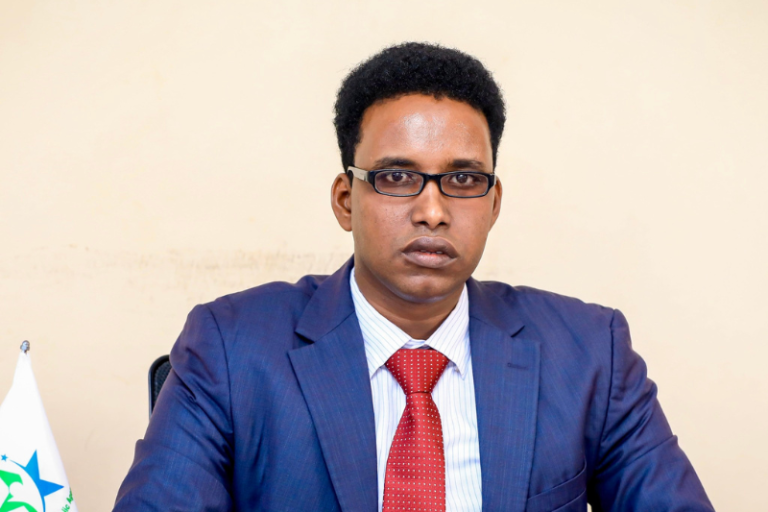
Is a researcher, teacher, podcaster and blogger. His work over the last decade has focused on teaching and researching governance, justice and social services in Somalia.


